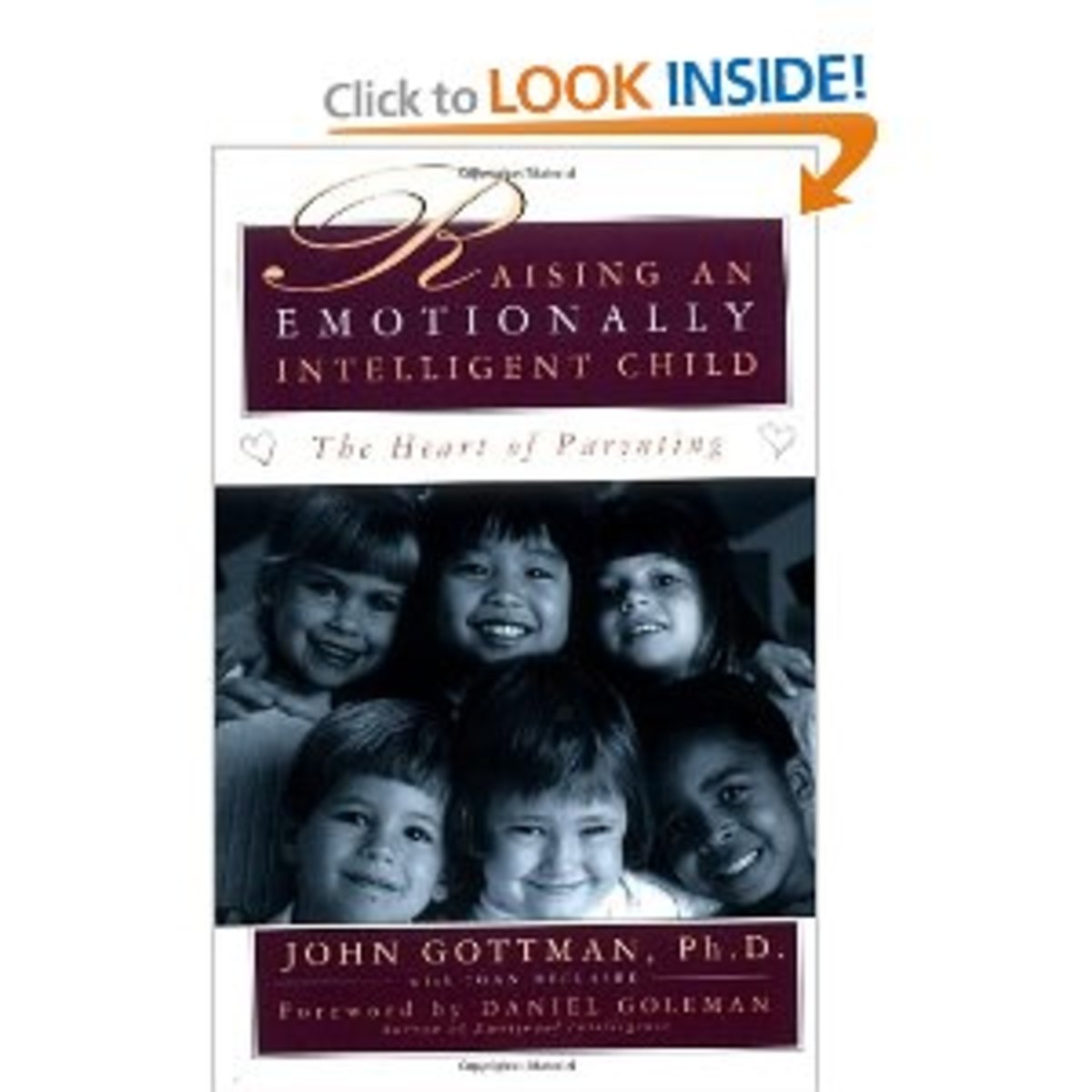Court Ordered Co-Parenting Repair Protocol

Rationale
Child custody cases and subsequent arguments and legal actions are frequently based on cross accusations by the child’s parents (and others) that each has behaved in a dishonest, untrustworthy, or otherwise objectionable manner. This allows each party to rationalize their reactive behaviors that simply escalate the situation, further harming the child. Once legal actions begin to be taken, and since court action, by nature is confrontational and conflicted, legal action only adds to the problematic situation. Even courts that have ‘mediation’ processes do not seem to have a high success rate, likely because people still interpret anything done in a courthouse as confrontational.
In such situations, the child finds themselves in a terrible ‘loyalty bind’, and may even begin to participate in the difficulties (though unwittingly and unconsciously) by demonstrating their loyalty to each parent by becoming upset when they have to go to the other home. This often leads parents to assume that there is something bad going on at the other home, when there is nothing bad going on. It also leads parents to unconsciously (and sometimes consciously) press the child for (negative) information about the other home. Children, wanting to please the parent, will oblige by confabulating details that further enrage the parent. This further stresses the child, creating at least an Adjustment Disorder (309.9) and, if parental animosity is intense enough, even stress behaviors that qualify as Post Traumatic Stress Disorder (309.81).
Clinical intervention in these situations is best done as early in the process as possible. Parents, not children, should be ordered by the court to enter into (therapeutic, not legal) mediation to engage in co-parenting repair. The court can then monitor the participation and good faith of each parent to determine if each is following the therapeutic protocol, or if they are continuing to sabotage the process.

Estrangement and Alienation
In many such cases, the child(ren) are at least estranged from one parent, and in some cases deeply allied with one parent and alienated from the other. As mentioned earlier, much estrangement and alienation often occurs unconsciously from the mutual reactive process, in which the child is caught between. In some cases, the parent complaining bitterly about being alienated is actually doing most of the alienation themselves (as in the ‘no show’ parent at scheduled visitation times). In other cases, there is conscious alienation efforts by one parent towards another, but this is very hard to discern and prove. Trying to prove this in a court often leads to further disillusionment for all parties, and escalates the damage to the child.
While estrangement and alienation are genuine effects, they are not officially considered separate disorders in the world of mental health. Some argue that they should be, while others argue that they are symptoms of the dysfunctional family system and divorce, and the primary diagnosis for the child is Adjustment Disorder, PTSD, or Disinhibited Social Engagement Disorder (313.89). At any rate, the mental health interventions remain the same: working primarily and heavily with the adults (parents) who create the microculture of stress, estrangement, and alienation.
Especially when there is no good, legal reason why the child should not have contact with the parent (read: abuse or putting the child at risk), then co-joint counseling work with the parents is the course of action to take. If abuse or risk is an issue, several sessions with each parent prior to engaging the protocol are in order, as well as likey separate action by the court to insure the child's safety.

Using a Protocol
The use of a protocol has several benefits. First, a protocol adds a useful structure to the effort that can be followed and used as a measure of forward progress. Secondly, protocols, since they have steps, tend to focus efforts and provide an internal motivation to move to the next steps in the process. Thirdly, parental adherence or disengagement from the protocol gives useful information to the court who is accountable to make the best decisions in the interest of the child.
Such protocols must be firm in principles and steps, but not so firm that flexibility is not employed to the service of the unique needs of any particular client. The protocol must use clear, common mediation steps, and the mediator needs to have a solid base for mediation efforts.There needs to be a balance of everyone’s interests, but the primary interest of concern is the child’s. Considerable attention needs to be made in observing the reactions or responses of the child to each step employed, and the protocol slowed or stepped up when indicated by the child’s tolerances. In this way, the child’s developmental and emotional ‘rights’ and sensibilities are preserved and are paramount compared to the parent’s legal rights.
The protocol must be structured and be paced (slower, in most cases) to insure that each step is completed fully prior to moving to the next step. This increases the chance of the entire endeavor being successful for co-parenting repair and reduction and elimination of the child’s primary symptoms of disorder. It is extremely helpful to the protocol if the court has ‘bought into’ the process, and so order parents to participate as a condition of hearing any further pleas. Courts are often frustrated by the number and repetition of custody actions, and know that they are not ideally suited to help people come to terms with issues that are better addressed in counseling.
Some family courts have some version of a seminar that people who are divorcing are required to take to help them stay reasonable in the process, thereby protecting the children, who are in the middle of the situation. The efficacy of these programs range from ineffective to moderately successful in their goals, but many, many custody issues continue to clog the court systems with frivolous and non-sense pleas that are not really suited for court. The Co-Parenting Repair Protocol is designed to address such ongoing, running custody battles that can be positively responsive to a combination of psych-education and then, if needed, clinical counseling to address the true issue at hand: a couple who is still as emotionally and behaviorally reactive divorced as they were when they were married. The clinical counseling portion of the protocol in fact, is ‘divorce counseling’.

Co-Parenting Repair Protocol
Due to exceeding a set criteria of pleas from one or both parents, the court orders the parent(s) to attend a psycho-education seminar, taught by a qualified mental health and clinical specialist, on the basic relational and dynamic violations common to people who are divorcing or divorced and fighting over custody. Also included is sharp focus education concerning the damages it does to children and children’s relationships with their parents. The course also covers the healthy relating ‘fixes’ for these issues. The attendance is confirmed by the educator to the court. Each individual is required to pay their own seminar fee. (If they are prepared to hire a lawyer at high fees, they can afford a reasonable fee for prevention!) The seminars are held monthly, and the parent is given two months to complete the seminar. They can even repeat the seminar, if they wish, for a discount the second or third time around.
Effect: If people have their heads screwed on half-way straight, and they have their child’s best interest at heart, the seminar should be quite effective in lowering subsequent, frivolous court actions. If this step is ineffective, and the person brings several such pleas to the court, the court can then order the next steps in the protocol, individual and then dyad (the parents together) counseling in the counseling office, at the individual’s expense.
In the very first counseling session, the counselor clarifies that the central issue is between the parents, and that it is not ethical to use counseling as a tool to convince the child(ren) to ‘settle down’ and accept their parent’s animosities and relational misbehaviors. Nor is it weapon to be used by one parent against the other. While children may need a bit of de-briefing about the divorce or custody issues, the parental hope that by the child ‘talking about it’ with the counselor the child will get better is a misplaced idea. Until the parents alter their interactive behaviors, any counseling for the child is moot. As such, the primary effort in counseling is with the parents. Each parent is responsible to cover the cost of their own session or session portion, either by out-of-pocket-cash or by arranging to use one or the other’s health insurance and splitting the co-pay costs. Failure to pay the counselor results in cancelling treatment and giving a full report to the judge.
Effect: Either the parent(s) buy in or they do not. If they do, court proceedings are eased and progress can be made. If they do not, this gives the court information on which parent(s) is creating the difficulties, what is really most important to the parent, and court and custody decisions can be made accordingly. Many parents use ‘best interest of the child’ as a smokescreen to beat up their ex about petty, non-issues and then legal actions based on these.
In some cases, the parent who is bringing the child in for counseling comes to the second appointment, again with the child, as if they never heard anything said in the seminar or first counseling session. Re-teaching is often needed. Or, the parent is attempting to dictate treatment, and does not really want to co-parent and is avoiding moving in the protocol direction. They are essentially imagining the process to be one where they can recruit the counselor to their side and use the counselor as yet another weapon against their ex. The counselor re-states the premise of #1 and presses the parent(s) to speak outside of session with the other and agree on a session date and time to start the co-joint counseling process.
Effect: Either the presenting parent buys in, or they drop the idea of treatment at this point because it is not as they prescribed. The other parent may refuse to enter the clinical counseling room with their ex, or even on their own. This again is useful information for the court.
If the child(ren) are estranged and alienated from one of the parents, a separate protocol is used that places the child in ‘the driver’s seat’ concerning contact, yet also makes use of a concept called the ‘magician’s force’ which means that the child is continuously moved towards reconciliation and contact with the alienated parent, all the while affording the child age appropriate choice and the emotional space to adjust. This step is often difficult for the alienated parent, because they want things to go quicker, and are convinced that the entire problem is due to their ex.
Effect: The need for alienation repair can often complicate the entire case, as it is proof of extensive animosity, reactivity, game playing, and sometimes aggression between the child’s parents. But by separating the alienation issue (see ‘Re-Unification Protocol’) and the Co-Parenting Protocol, and taking the child’s lead on the pacing of re-unification, greater perspective on each can be achieved.
Ground rules for Co-Parenting Repair are covered in the first session, as well as the start of finding common ground about the child, parenting, and education on removing the heightened and toxic reactivity, personal animosities, and couple history from the process. Parents are advised that refusal to cooperate with the ground rules for engagement in the clinical process or their contacts with each other outside of session are cause to close their case and give a full report to the court.
Effect: Once again, the court gets good information from the process, should either parent not follow the rules of engagement.
Subsequent co-joint sessions move forward in education and therapy about the parental emotional-behavioral-reactive processes that harm the child, means to neutralize these, and skills in healthy relating and co-parenting. This may take from a few to a dozen or more sessions. Success is measured when a full month of functioning yields no major complaints between the adults (read: no court actions or complaints to attorneys) and the child’s symptoms have been neutralized for one month, as noted by both parents. A strong suggestion is given to use an online program for communication, like ‘Our Family Wizard’ is suggested as a tool that can keep everyone honest and screens out couple history and animosity. A ‘Course of Treatment’ status report can be forwarded to the court at any time requested to apprise the judge of progress and cooperation (or lack thereof) by the parents.
Effect: Once qualified education has been given, and boundaries and limits firmly established, any refusal to follow the continuing protocol looks very bad for the individual failing to follow it. The ‘family wizard’ program can eliminate much ‘he said-she said’, as one feature allows the court to access the program to see what was actually said or neglected; it keeps participants honest. Further legitimate co-parenting agreements by the parents can then be brought to court to be incorporated into a custody order as the court sees fit.
Following meeting the criteria set for the process to be considered successful, monthly follow ups are done once monthly, for three to six months, to monitor stability and the child’s symptoms levels. Should things deteriorate, the protocol begins again.
Effect: There is a factor of tedious repetition in the protocol, as human nature tends not to want to learn and re-learn the same material, especially in the presence of someone they presumably do not care much for. In addition, no one wants to face the judge with the complaint that they are not following the skills they have learned and the protocol that they agreed to use.
Overall Effect: Use of the protocol has the potential to allow individuals to move on with their lives following divorce, and reduce the resulting wide variety of clinical symptoms and behaviors children experience in these circumstances. The court is given a very useful tool to help clear cases from the (likely overwhelmed) docket list, and places the issues divorced people have in the correct venue for solution: the clinical counseling room. It also gives the court the benefit of a high quality, expert tool in the person of the clinician to help sort out often complicated clinical issues that judges are just not equipped to cope with. The protocol itself makes the entire process measurable, and attendance and follow through by the parent(s) an important piece of information for the judge to discern the best decisions for the child. It also eliminates or drastically reduces the need for a clinician to testify in court, and the protocol becomes the genuine testimony of how much each parent wants to help their child as opposed to torturing their ex.

Mediation Steps
- Invite people to the table to mediate.
- If a divorced couple refuse, and have taken multiple pleas to the court, the court may wish to order the couple to mediate with a clinical counselor.
- The couple agree together to set the date and time of the clinical mediation session with the counselor.
- The first session is dedicated to each party learning, accepting, and using healthy, positive relational interaction skills.
- The second session phase is dedicated to learning and accepting the ground rules of the clinical mediation process and becoming functional in the same room.
- The third session phase is dedicated to finding common ground among the disagreements.
- The fourth session phase is dedicated to addressing disagreements directly and systematically, and finding accords for each.
- In the fifth and final session phase, attention is given to establishing an ongoing self-discipline to maintain the gains in accord and healthy relational interaction skills.
- Follow up sessions, monthly with both parties is instituted for six months to ensure that healthy habits form and regression does not occur.
Note: the Co-Parenting Repair Protocol is an intellectual property of W.E. Krill, Jr., and may not be used without expressed permission.








